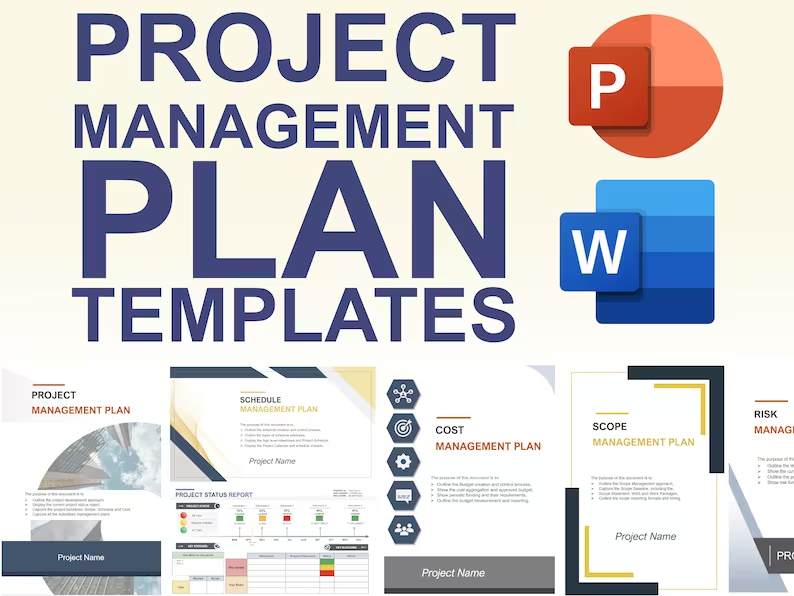Note: Click on the video above to watch.
 Mastering Project Management with Influence
Mastering Project Management with Influence
Project management is a bit like juggling flaming torches—you’re constantly balancing resources, timelines, and expectations, often without having direct control over these things. But fear not! The secret to thriving in this challenging landscape lies in honing your influencing and negotiating skills. Enter Robert Cialdini’s Six Weapons of Influence, a toolkit that’s been a game-changer since 1984. Here’s how you can use these principles to steer your projects toward success.
1. Reciprocation: The Power of Give and Take
Reciprocation is the art of give and take. When someone gives something to you, it often creates a need to give something back.
Ever notice how charities send you a free pen, and then ask for a donation? That’s reciprocation in action. It creates a sense of obligation. In project management, this could come in the form of helping out another team with your resources. When you do this, they’re much more likely to return the favor when you need it.
Pro tip from Cialdini: when someone thanks you, you can reinforce reciprocation by saying, “I’m sure you’d do the same for me.” It subtly sets the stage for future exchanges.
2. Commitment and Consistency: The Power of Small Steps
People are more likely to follow through on a request if it aligns with their past actions, or their self-image. In project management, when you often don’t have direct control, here’s a strategy you can use.
Get people team involved early – if you’re trying to improve a system, start by asking for their input on improvements through a survey. When it comes time to ask for volunteers to help with those changes, they’ll be more inclined to step up because they’ve already committed to the idea, and they want to stay consistent with that initial involvement.
3. Social Proof: The Influence of the Crowd
Social proof means we’re influenced by what others are doing. Have you ever noticed you’re more likely to buy something if you see hundreds of five star reviews? But if there’s only one or two, we hesitate.
If your project involves rolling out a new system and the team is hesitant to use it, try introducing it across the organization gradually. Then showcase successful implementations and have people from the first team share positive feedback to the new teams. When others see their peers benefiting from the change, they’ll be more likely to embrace it themselves.
4. Liking: The Friend Factor
We’re more inclined to say yes to those we like. In project management, this translates to building rapport with key stakeholders. If you’re trying to gain support for a new feature, get to know the influential people involved. Compliment their past achievements, align with their goals, and be genuinely friendly. A little likability can go a long way in winning their support.
5. Authority: The Power of Expertise
Authority means people are more likely to listen to someone with credentials or experience. If you’re pushing for a new framework or tool, flaunt your qualifications. Share your relevant experience, industry standards, and any endorsements from higher-ups. Demonstrating your expertise will make your case more compelling.
6. Scarcity: The Urgency Effect
Scarcity creates a sense of urgency and increases perceived value. If you want your team to adopt a new tool, highlight any limited-time offers or exclusive benefits. Emphasize that the opportunity won’t last forever. By making something seem scarce, you can motivate quicker decisions and actions.
By mastering these six weapons of influence – reciprocation, commitment and consistency, social proof, liking, authority, and scarcity – you can navigate the complexities of project management with greater ease. So, get ready to put these strategies into action and watch your projects thrive!
Keep pushing forward, and remember, with these tools at your disposal, you’re not just managing projects; you’re mastering them.
See more Leadership articles:
- How To Negotiate for Career Success | 20+ Tips
- Using Maslow’s Pyramid to Motivate your Team
- Don’t Give Up – You Might Be at This Crucial Stage
- Six Negotiating Tips from Never Split the Difference
- The Power of Robert Cialdini’s Six Weapons of Influence
- The Agile Manifesto is Being Corrupted – By Us
- How We See Ourselves Shapes Our Future Actions and Results
You can see what people are saying about David McLachlan here: REVIEWS
Navigate to Free Project Management and Leadership Articles through the links on the right (or at the bottom if on Mobile)




 The Project Manager’s Sphere of Influence
The Project Manager’s Sphere of Influence